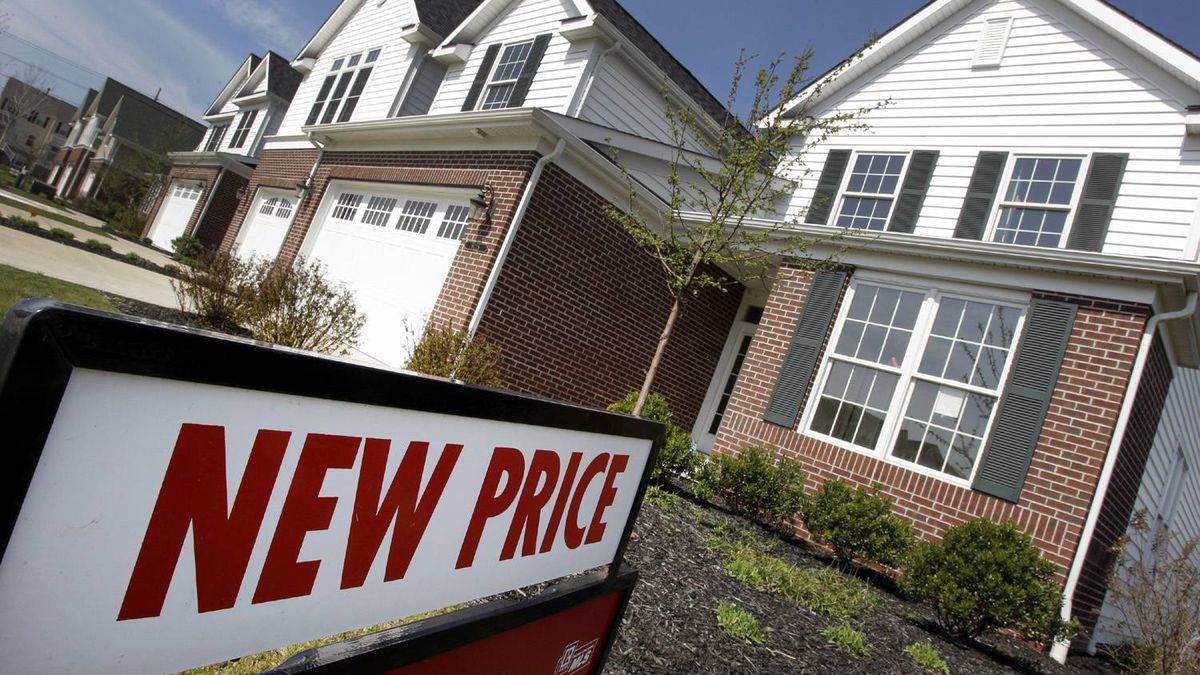 Be careful when buying rental property. I stayed at a motel for a week one winter. The bill showed twice what it should have, but since I already paid the correct amount in cash, I thought nothing of it. When I noticed that the lobby and swimming pool were unheated, we thought it was frugality. Only a year later, when I read a news story about a new owner struggling to make the motel work, did I realize what was going on.
Be careful when buying rental property. I stayed at a motel for a week one winter. The bill showed twice what it should have, but since I already paid the correct amount in cash, I thought nothing of it. When I noticed that the lobby and swimming pool were unheated, we thought it was frugality. Only a year later, when I read a news story about a new owner struggling to make the motel work, did I realize what was going on.
The owner had been planning to sell. To prepare, she was using the two most basic ways to inflate the appraised value: decrease expenses and increase reported income. By stopping repairs and quietly adding $100 in income every day, she may have shown $45,000 more net income for the year. At a .08 capitalization rate, that means the appraisal would come in $562,000 higher than it should have. Oops! The poor guy who overpaid!
Do you want to avoid a mistake like that when buying rental property? You need to watch for tricks like these. You also have to understand the basics of appraising income property.
False Cap Rate
It starts with the capitalization rate, or “cap rate.” If investors in an area expect a return of 8% on assets because that is what the market cap rate is, the cap rate is .08. Net income, before debt service, is divided by this to arrive at the value of a property. I explain this further in another article, but the primary point here is to remember that every dollar of extra income shown will increase the appraised value by $12.50 with a cap rate of .08, or by $10, if the cap rate is .10.
If sellers of rental properties increase the net by honest means, then the property should sell for more. Unfortunately, there are many dishonest ways, both legal and fraudulent, that are sometimes used. Unlike sellers of houses, who may cover foundation cracks with plaster, the tricks used by sellers of income properties aren’t about appearance. They are about income and expenses.
Pro Forma Income
Income can be inflated by showing you the “pro forma,” or projected income, instead of the actual rents collected. Ask for the actual figures, and check to see that none of the apartments listed as occupied are actually vacant. Also, be sure that none of the income is from one time events, like the sale of something.
Other Income
Income from vending machines is a gray area. Smart investors subtract this from the net income before applying the cap rate, then add back the value of the machines themselves. If laundry machines make $6,000, for example, that would add $75,000 to the appraised value (.08 cap rate), if included. Since they are easily replaceable, adding the $10,000 replacement cost instead makes more sense.
Hidden Expenses
Hiding expenses is the most common of seller’s tricks. Paying for repairs off the books, or just avoiding necessary repairs for a year, can dramatically increase the net income. Demand an accounting of all expenditures. If a number in an expense category is suspicious, replace it with your own best guess.
Analyse each of the following, verifying the figures as much as possible, and substituting your own guesses if they are too suspect: vacancy rates, advertising, cleaning, maintenance, repairs, management fees, supplies, taxes, insurance, utilities, commissions, legal fees and any other expenses. This is how you make buying rental property safe.
Bill Manassero is the founder/top dog at “The Old Dawg’s REI Network,” a blog, newsletter and podcast for seniors and retirees that teaches the art of real estate investing. His personal real estate investing goal, which will be chronicled at olddawgsreinetwork.com, is to own/control 1,000 units/doors in the next 6 years. Prior to that, Bill and his family lived in Haiti for 11 years as missionaries serving orphaned, abandoned and at risk children.

2 comments. Leave new
Wow, great tips! Always good content, thanks Bill.
You’re welcome. Thanks for listening!